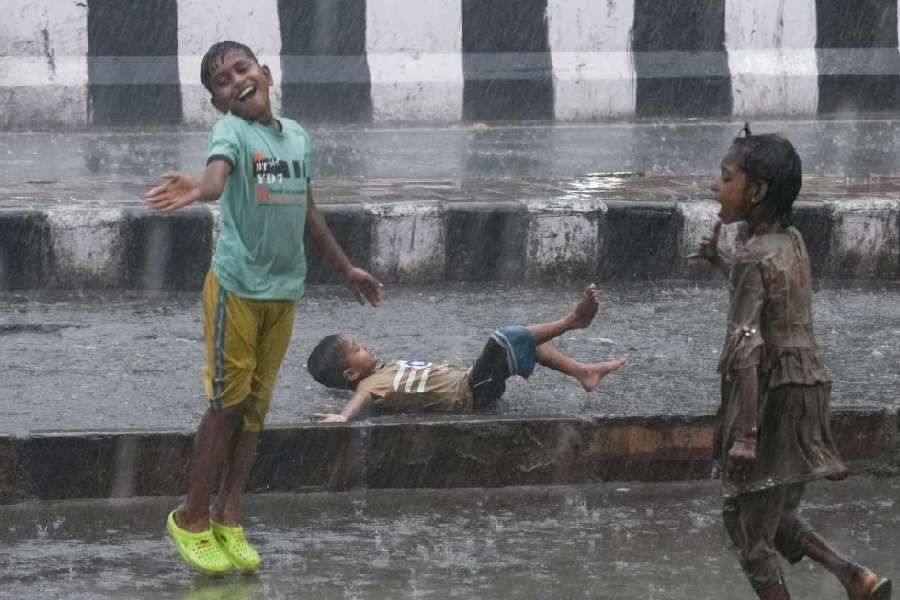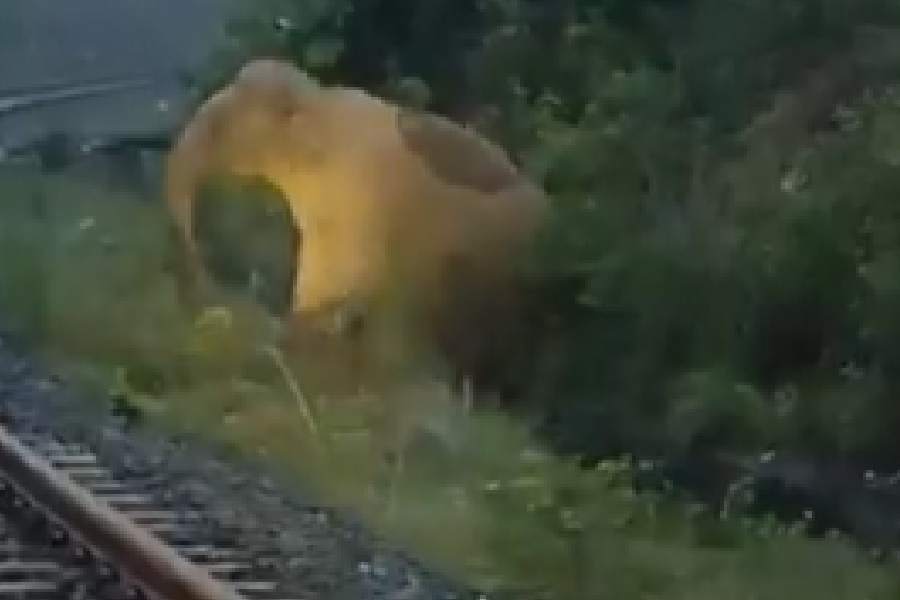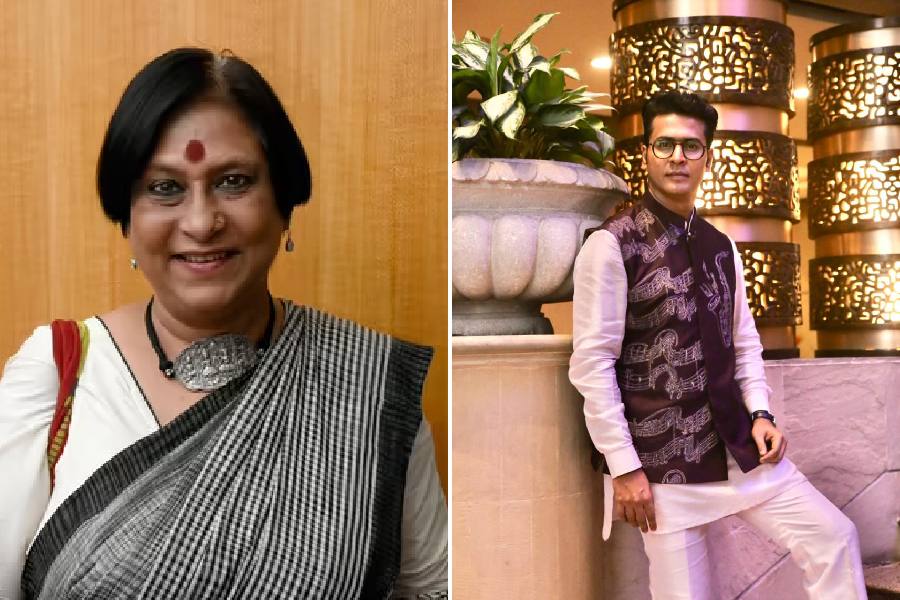
of the Khoya Paya website in
New Delhi on Tuesday.
Picture by Prem Singh
New Delhi, June 2: Twitter-savvy Narendra Modi has tapped the social media's success in "crowd-sourcing" to help find missing children.
The Centre today launched a website that allows online public participation, or "crowd-sourcing", in the search for such children. Existing systems limit the process to police, often only to disappearances where FIRs have been filed.
On Khoya Paya (lost and found), the new website (khoyapaya.nic.in) started by the ministry of women and child development after the Prime Minister suggested the idea as well as the name, photos and details of missing or abandoned children, or even those sighted by others, can be uploaded by anyone.
The site, modelled on similar portals in the UK and Australia, marks the Centre's bid to join the fast-growing worldwide trend of "crowd-sourcing" - getting information, services or content by soliciting contributions from a large group of people, especially from an online community, rather than from traditional sources.
"We have (so far had) a limited site called TrackChild, which is open only to police and under the home ministry. That site allows posting of details of only those missing children for whom FIRs have been lodged. This site (Khoya Paya) will be like an exchange of information between the common man and the government," women and child development minister Maneka Gandhi said.
"This site will be open to all. Anyone who has lost a child or has found one can put up the child's photo on it," she added. According to official data, 70,000 to 80,000 kids disappear each year in India.
Speaking earlier about the Khoya Paya site while it was being developed by the information technology ministry, Maneka had cited the example of a three-year-old girl who was found last year after her family launched a social media campaign.
Jhanvi Ahuja was visiting India Gate with parents and other relatives when she disappeared. She was found within a week after the campaign, "Bring Back Jhanvi", hit Facebook, Twitter and WhatsApp. "The photo of the child posted again and again on Twitter helped find her," Maneka had said.
TrackChild will be linked to Khoya Paya and Childline, a ministry helpline whose number is 1098.
This is not the first time Maneka has sought public help to find missing and abandoned children. A few months ago, she had appealed to rail passengers to call the helpline if they spotted children in suspicious conditions.
Today, Maneka underlined the social media's potential and universal reach in drawing information and aid. "Even the best of governments have just about 10 per cent reach. We need people to help us."
The ministry is also looking at another option to help locate missing children - using inserts in newspapers, much like handbills and pamphlets slipped in by hawkers.
The plan is inspired by photos of missing children printed on milk cartons delivered to homes in some western nations. "Since we don't have such milk cartons here, we plan to use inserts in newspapers in areas where a child is suspected to have disappeared from. The small photos published in newspapers by the police are not sufficient," Maneka said.
Seeking public help to look for missing children is not new, though the online drive is. Doordarshan used to show photos of such kids, even adults, on a regular basis.











